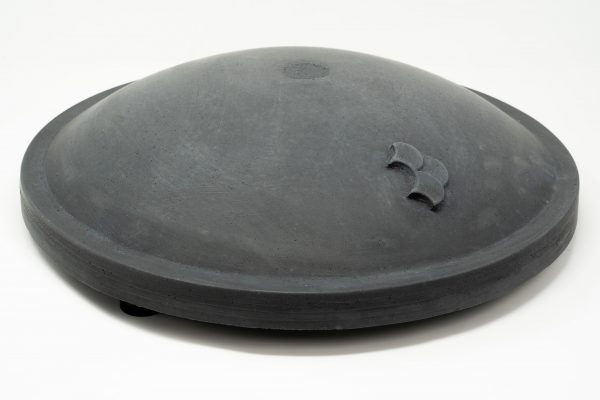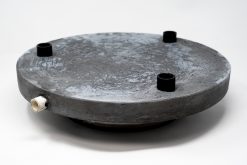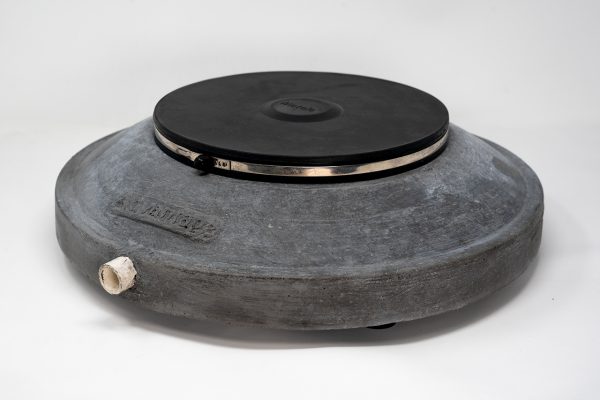Myth:
- A natural bottom koi pond with rocks and no bottom drain will be just fine. Nature can take care of itself.
- Two inch pipe will accommodate fish waste just fine. Anything bigger will just add more cost to the build.
Fact:
- In a natural setting, that reasoning is true. However with natural ponds and lakes, you’re dealing with a different set of circumstances. In a natural lake, you may have as much as 30,000 gallons of water for every single fish. In a man-made koi pond on the other hand, it can be as little as 150 gallons of water per fish. This leads to much more waste being produced in a smaller area, which needs to be removed from the pond. A bottom drain helps remove this waste from the koi pond by sending it to the filter to be removed from the water column.
- If we were just worried about fish waste, this would be true. However, we’re dealing with fish waste in addition to leaves and other debris that will fall into your koi pond.
- In addition to a bottom drain you will also have a skimmer. These two components are your suction lines to your pump. If your skimmer clogs for any reason, then your bottom drain will be the primary suction allowing your pond to still circulate water without your pump losing prime.
Overview:
A bottom drain is one of the most overlooked features when people build koi ponds. However, they are a requirement for a successful koi pond. A bottom drain removes fish waste, as well as any debris that sinks in the pond. Without one, it’s like having a toilet that you can’t flush.
In addition, a bottom drain suction should be constructed of three inch diameter pipe. This is large enough to accommodate most debris that will fall into your pond, without being so large that the water flows slowly and debris is never drawn to the filter.
Best Practice:
A bottom drain will only draw in waste that is relatively close to it. To overcome this, contour the bottom of your pond to aid the bottom drains. From experience, we’ve found that a properly contoured pond bottom can increase the effective radius of each bottom drain to about seven feet. So to calculate how many bottom drains you need, simply take your longest dimension, divide it by fourteen, then round up.
In addition, raise the floor of the pond in between each drain. This will create a series of bowls / cones for the waste to settle into, with the bottom drain being at the very center to remove anything that settles.
Example:
If your pond length is seven feet, and the width is three feet, you’ll need one bottom drain. Double that size to fourteen by seven, and you’ll need two bottom drains, with a slight hip between the two.






